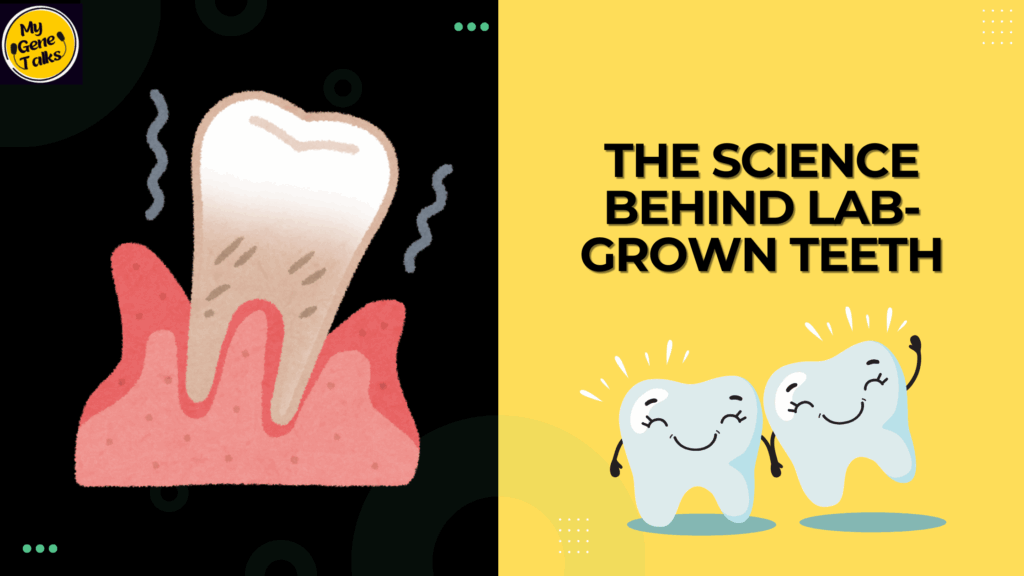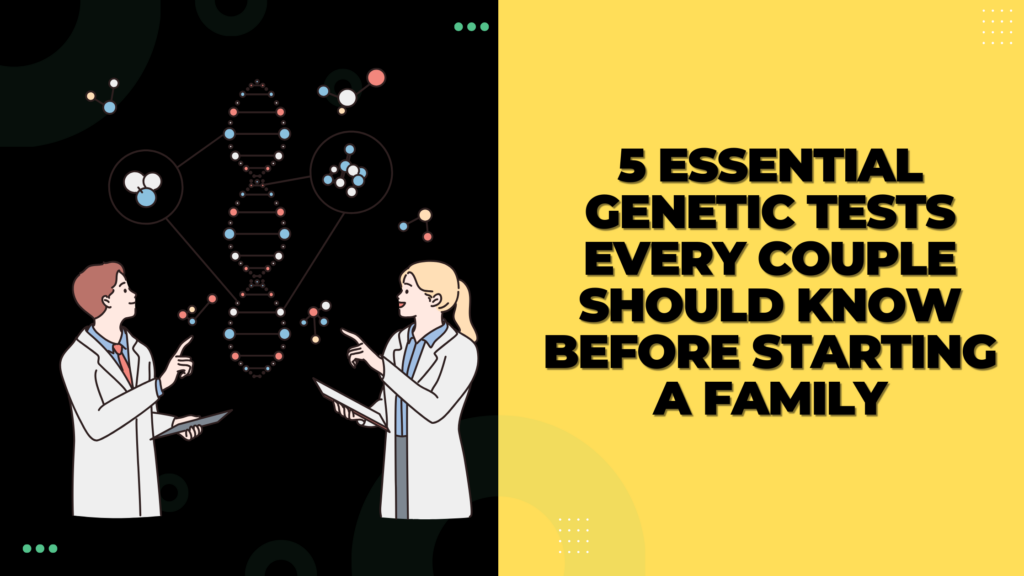A New Era in Regenerative Dentistry
Imagine a future where cavities are repaired not with synthetic fillings but with living tissue itself, it looks exactly the same as a natural tooth. Recent breakthroughs in dental regenerative medicine are turning this vision into reality, offering the potential to regrow tooth enamel and even entire teeth using stem cell technology.
What was the challenge of Tooth Regeneration
Tooth enamel, which is the hardest substance in the human system, acts as a protective shield for our teeth. However, once damaged, enamel cannot regenerate naturally because the cells responsible for its formation, called ameloblasts, die after tooth development. This limitation has long posed a significant challenge in dental medicine.
Using Stem Cells for Enamel Production
A team of scientists from University of Washington has made significant changes to the field of dentistry. By guiding human stem cells to differentiate into ameloblasts, they successfully created an organoid,a simplified version of organs that mimic the structure and function of developing teeth. These organoids were able to secrete key enamel proteins, namely ameloblastin, amelogenin, and enamelin. These proteins are key components for forming the enamel matrix, which, through mineralization, develops into hard enamel.
The Functional Role of Subodontoblasts in Tooth Formation
In their research, scientists also found a previously unknown cell type called subodontoblasts. These cells appear to be precursors to odontoblasts, which are crucial for dentin formation, which is a layer beneath the enamel. Understanding the role of subodontoblasts could enhance our ability to regenerate the entire tooth structure, not just the enamel .
Bioengineered Gels: Steering Tooth Tissue Formation
Complementing stem cell research, scientists at Harvard’s Wyss Institute have developed a bioinspired, shrinking gel that mimics the mechanical environment of embryonic tooth development. When implanted with mesenchymal cells, this gel compresses, encouraging the cells to differentiate and begin forming mineralized tooth tissues, including dentin and enamel. This approach could pave the way for engineering new teeth or repairing damaged ones.
Genetics of Enamel Formation
Previously, Researchers from Oregon State University discovered that a gene known as Ctip2 is critical for the formation of ameloblasts. Mice lacking this gene failed to develop proper enamel, which shows its importance. Manipulating such genes, in conjunction with stem cell technology, could enhance our ability to bioengineer functional teeth .
On the way to "Living Fillings" and Whole-Tooth Regeneration
The ultimate goal of these advancements is to create “living fillings” biological materials that not only repair cavities but also integrate with the existing tooth structure and continue to function like natural tissue. Looking further ahead, the possibility of regenerating entire teeth using a patient’s own cells could eliminate the need for dentures and implants, offering a more natural and permanent solution to tooth loss.
Implications for the Future of Dentistry



